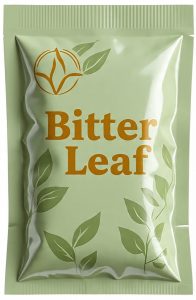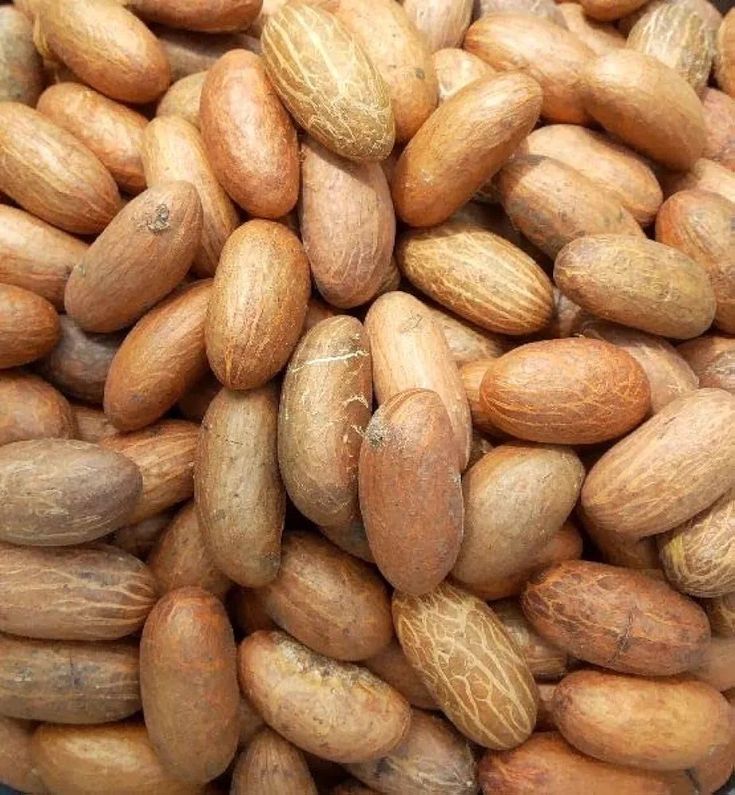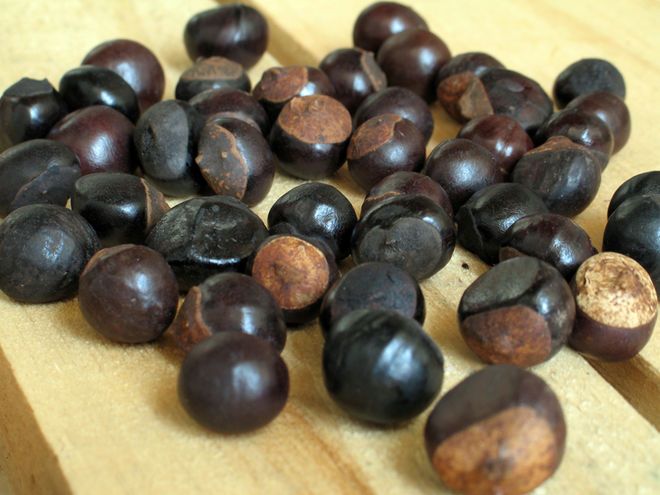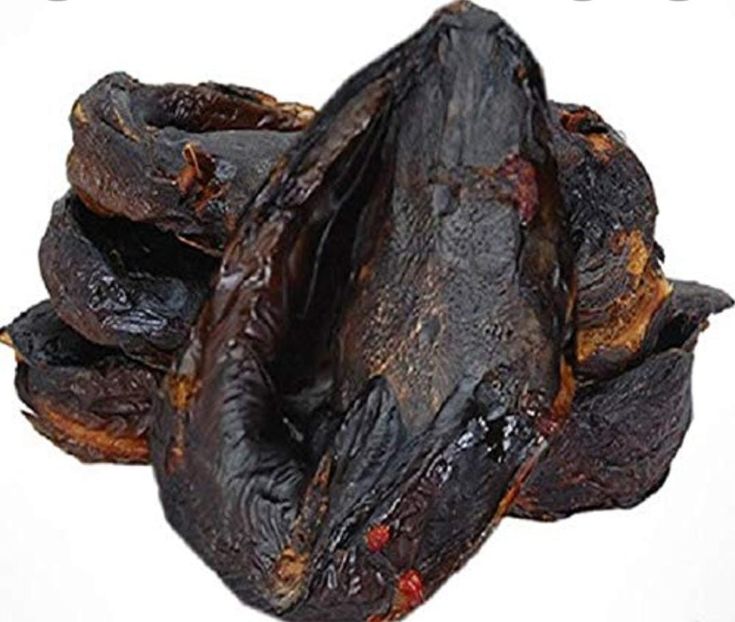 What It Is
What It Is
Bitter Leaf, scientifically known as Vernonia amygdalina, is a widely consumed leafy vegetable in many African countries. Despite its bitter taste, it is cherished for its medicinal properties and nutritional benefits. It’s used both as food (especially in soups like ofe onugbu or bitterleaf soup) and as a traditional remedy.
What Export of It Is
Exporting bitter leaf involves preparing the leaves in a dried or semi-processed form, properly packaged for international markets. It is in high demand in countries with large African or health-conscious populations due to its therapeutic and culinary uses.
HS Code
-
0712.90.90.00 – Other dried vegetables (including bitter leaf).
Export Forms
-
Dried Bitter Leaf (Washed or Unwashed) – Most common form
-
Frozen Bitter Leaf – Requires cold chain logistics
-
Powdered Bitter Leaf – For medicinal use, teas, or dietary supplements
International Demand
-
High demand in countries with African diaspora: UK, USA, Canada, Germany, Netherlands
-
Also gaining interest in health food markets and herbal tea industries
Nutritional & Medicinal Value
-
Rich in vitamins A, C, E, B1, B2
-
High in iron, calcium, potassium, and antioxidants
-
Used in managing diabetes, malaria, fever, gastrointestinal issues, and more
-
Promotes liver health and boosts immunity
Packaging for Export
-
Dried Leaves: Vacuum-sealed, food-grade pouches or LDPE bags (500g – 1kg per pack)
-
Frozen Leaves: Food-grade nylon or plastic containers; must be kept at -18°C or lower
-
Powdered Form: Ziplock bags or plastic jars with tamper-evident seals
Processing for Export
-
Harvesting – Young, healthy leaves are picked.
-
Washing (optional) – Leaves may be washed to reduce bitterness.
-
Drying – Sun-dried or mechanically dried under hygienic conditions.
-
Sorting and Cleaning – Removal of dirt, stones, and bad leaves.
-
Packaging – Proper sealing to prevent moisture entry.
-
Labeling – Product name, weight, processing date, origin, exporter details, nutritional information (optional), and batch code.
Export Requirements
-
Phytosanitary Certificate
-
Certificate of Origin
-
Packing List
-
Commercial Invoice
-
NAFDAC Approval (for packaged food items)
-
Compliance with importing country’s food safety laws (e.g., FDA, EU standards)
Potential Export Markets
-
United Kingdom
-
United States
-
Canada
-
Germany
-
Italy
-
Netherlands
-
France
-
South Africa
Tips for Exporters
-
Start small with ethnic stores or online distributors.
-
Consider vacuum-sealing for better shelf life and freshness.
-
Target African markets and organic health food niches.
-
Collaborate with local farmers for supply consistency.
-
Use FDA/EU-compliant labeling and food safety practices.

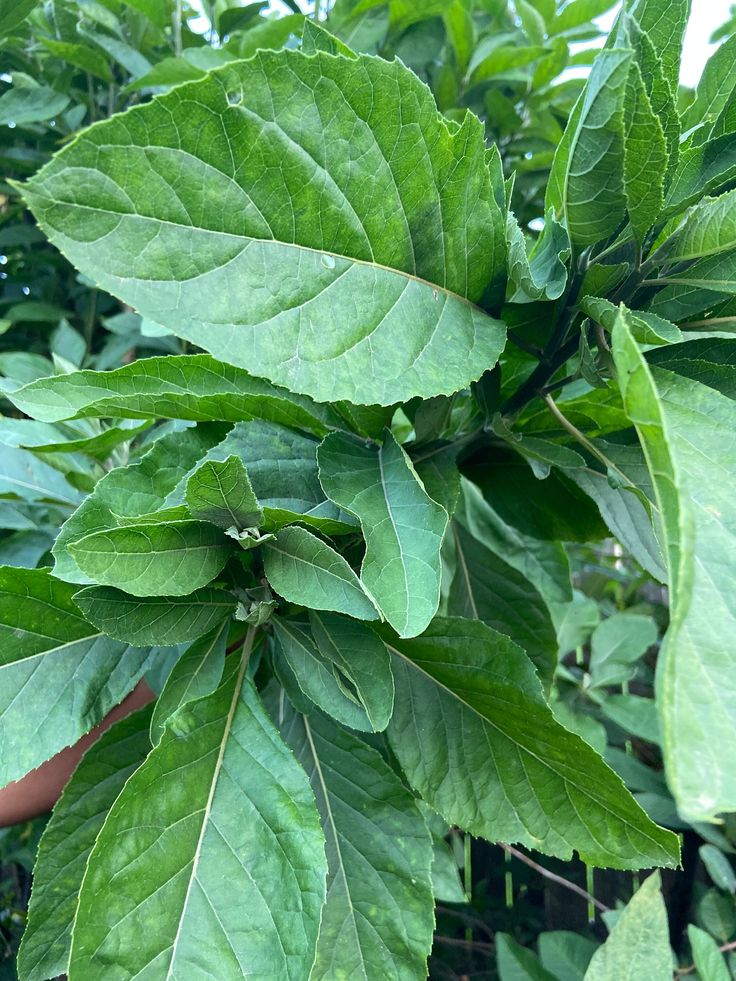
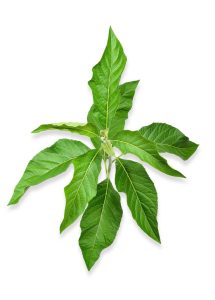 What It Is
What It Is